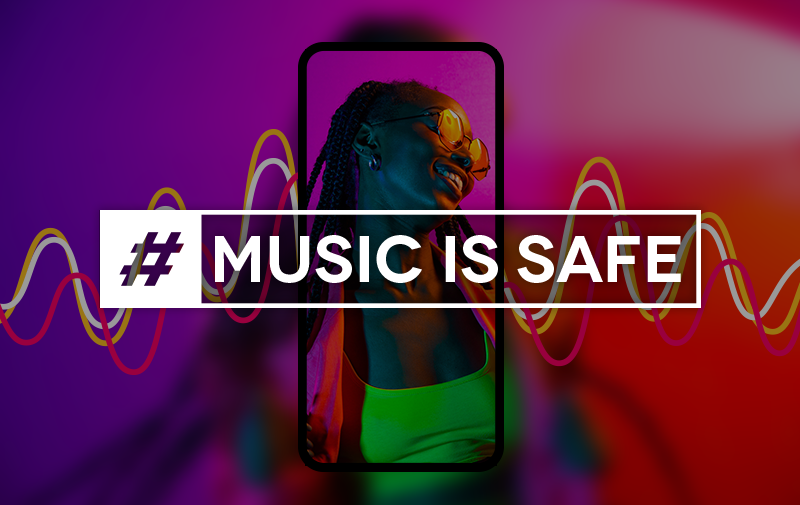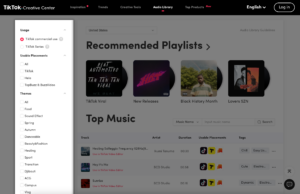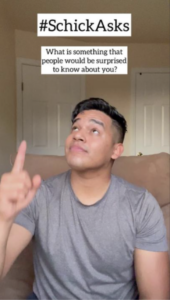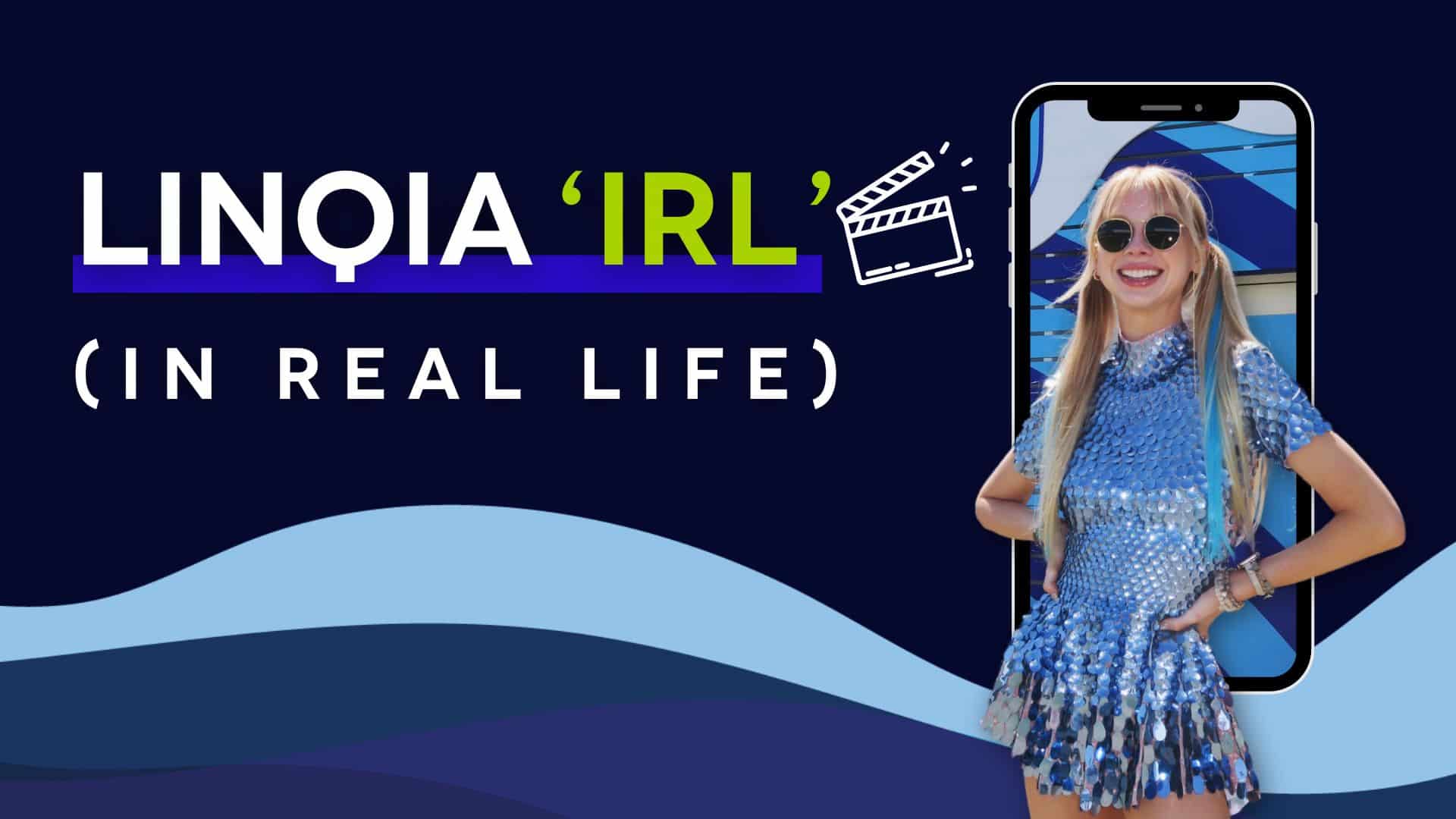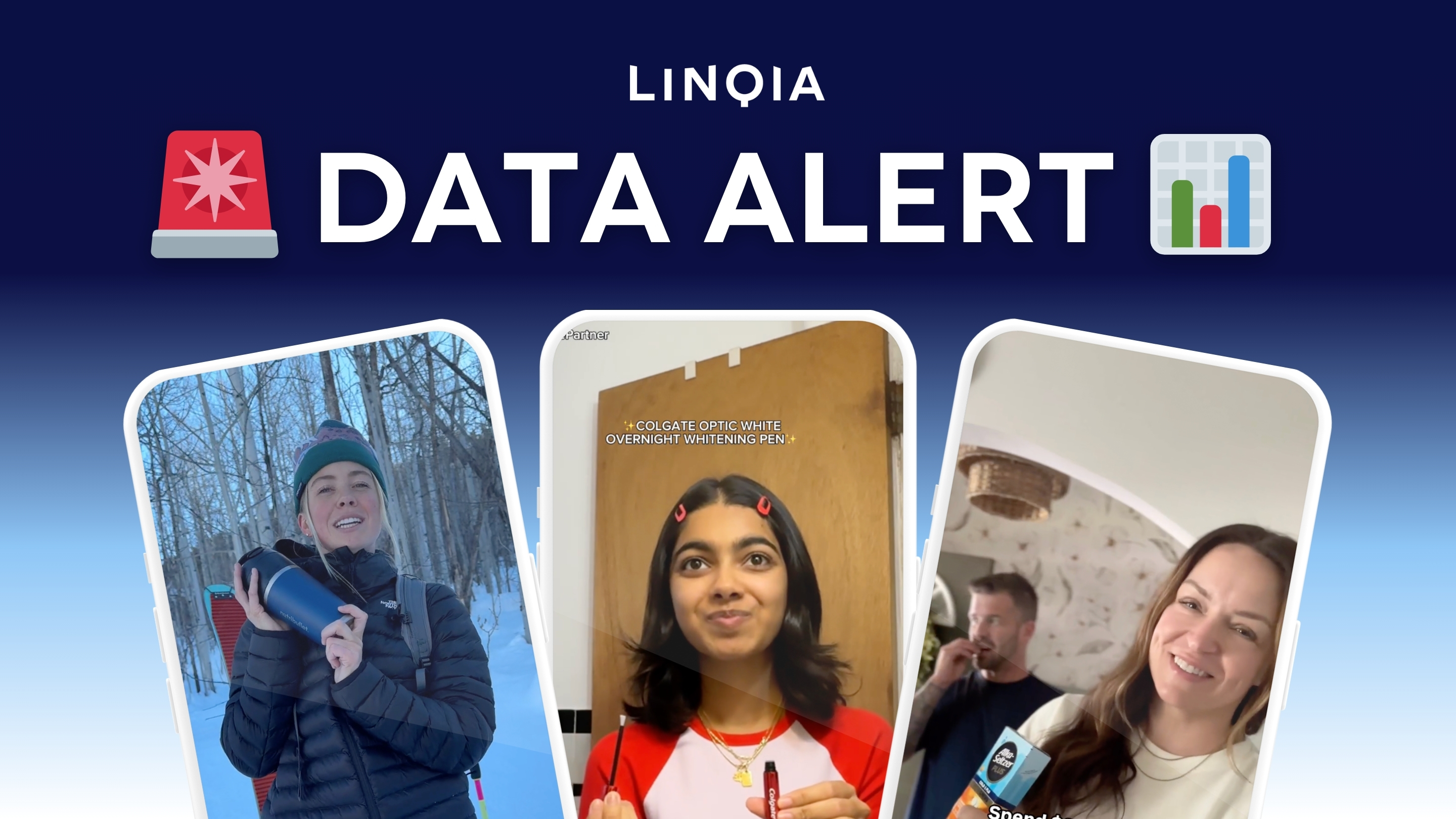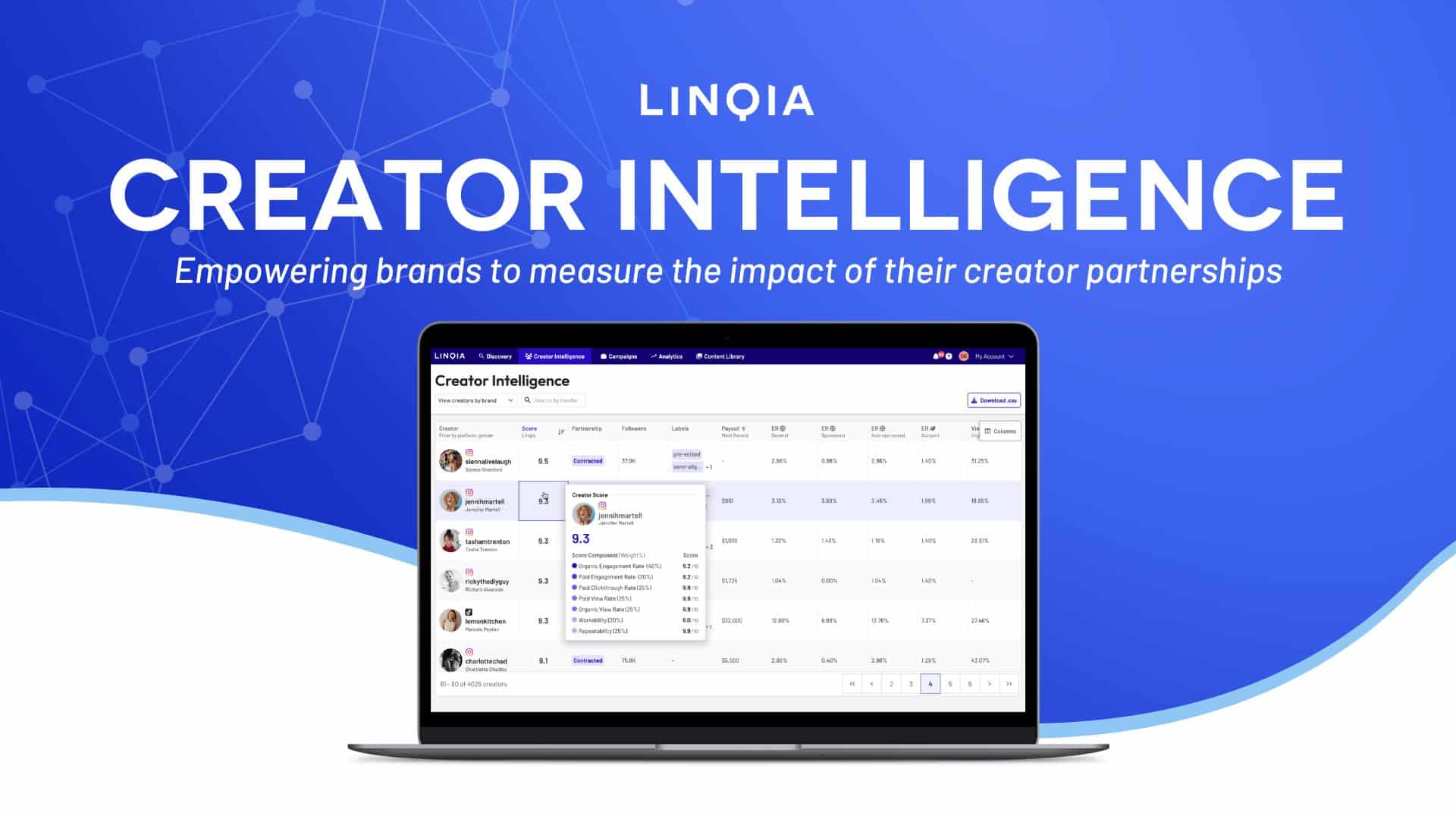Whether you are working with influencers or just posting on your organic social feed, the music you use must have proper licensing. We are seeing the music industry crack down on brands, especially as TikTok sound on content has exploded over the last few years and its impact on the music industry intensifies.
As a brand or social agency there are two critical questions you need to answer when dealing with music and sounds on social media, 1) Do I have the proper commercial rights to use this sound on this platform?, and 2) If I take this content outside of this platform do those rights transfer?
Not enough brands are ensuring they comply with the first, and very few brands are validating the second. So let’s take a look at how you can ensure you comply with both.
How to access royalty free content on TikTok and Meta
Both TikTok and Meta offer commercially approved music for their respective platforms. Those libraries are not the same, but we will revisit what that means when we address the second question later on.
It’s important to note that there are “creator libraries”, but those are not permitted when creators are working in partnership with brands as a paid engagement. Brands have to ensure they are using music from “commercial libraries”, and here is how you can access them.
TikTok: This link will take you to TikTok’s commercial library. The commercial use box should be checked on the left hand side of the screen. All tracks listed in this library are approved for brands to use themselves and/or in paid creator partnerships.
Instagram & Facebook: Meta’s sound collection can be found here. Similar to TikTok these are approved sounds to use in all brand and creator content. Filtering by genre, mood and tempo makes it easy to find a track that matches the tone of the content.
As long as you stick within the approved libraries your sounds are safe for organic and paid promotion (on that platform). The next question is what to do if you want to use that content outside of the approved platform, which is one of the most common trends in influencer marketing as brands realize the value of bringing influencer content to all of their marketing channels.
Cross platform best practices
It would be nice if TikTok and Meta had the same commercial libraries, but the reality is that very few tracks you love for a post on one are going to be listed on the other. And if you want to use content outside of both, on retailer PDP pages, OLV media buys, your website, etc. then you really need to make sure you have full rights to that music. Here are best practices for ensuring you properly secure those rights.
- Fully license the track: If you like a specific track and want to use the content everywhere, then get the official rights. To do so you must first obtain approval from the rights holders. You will need both a sync license from the publisher and a master license from the record label. Once you have these licenses you are good to go.
- Create your own song: Sounds are very easy to make and are trending on platforms like TikTok. Think of custom sounds like that TikTok voice you probably hear as you scroll through your For You page. Linqia’s activation with Schick and TikTok under the hashtag #SchickAsks is a great example of a custom sound driving a viral campaign.
- Create your own sound: Full tracks are not as easy to produce as sounds, but can be even more effective. The “Pizza Huts Anthem” produced by Jon Moss and “Trident Vibes” made by Chlöe Bailey are great examples of this. TikTok music is turning into the new sonic branding, so having a unique, brand owned track to unite all social content is a highly effective strategy. Linqia has partnerships with music companies like Audiosocket to produce custom brand music for partners.
- Adapt a known song: Our final category is what we call a song adaptation. This is when we take a known song and adapt the lyrics to more appropriately fit a brand and become a more ownable music experience. Our partnership with One A Day on the award winning “Teach Me How to Gummy” campaign is a great example of this. The tune was immediately recognizable given it was adapted from a famous song, and the new lyrics and dance made it unique to the brand. Note that you still need to go through the same process as licensing a track as outlined in #1.
If you want to learn more about how to pick the right sounds and songs for your influencer campaigns just give us a shout at Linqia. And remember, extending influencer content beyond the platform it’s created for is a highly effective way to scale reach and results, you just need to make sure you have the proper rights. Legal fees can be paralyzing and the music industry is out for blood, so don’t take any unnecessary risks.
